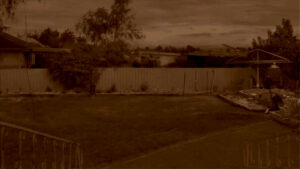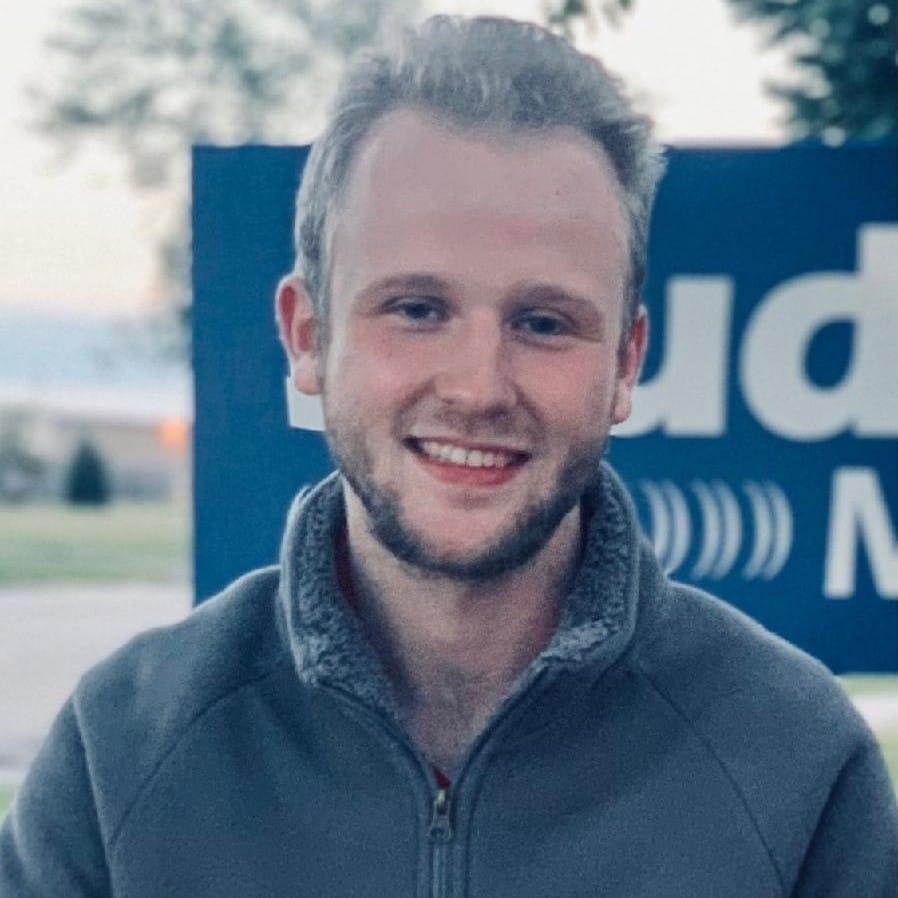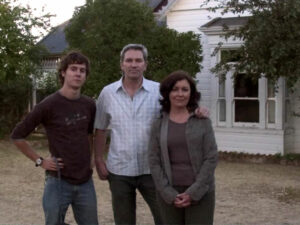Lake Mungo (2008) review
Dir. Joel Anderson
By: Steve Pulaski
Rating: ★★★
Part of me and my girlfriend’s 30-movie Halloween marathon.
Joel Anderson’s Lake Mungo is so believably constructed as a mockumentary that you could feasibly put it on for someone who has no prior knowledge of its existence and they’d be liable to believe the story it tells is true. If released around the same time as The Blair Witch Project, with an internet still infantile enough that confirmation of its fictitious nature would be difficult to source, you could see it having a similar effect as that runaway success.
It’s a testament to writer/director Anderson, cinematographer John Brawley, who waffles between several documentary filmmaking styles, editor Bill Murphy, and various other tacticians that Lake Mungo is as well-crafted as it is. In slowburn fashion, it tells the story of how a family’s life was torn apart by the loss of their teenage daughter. Following their loss, the family realizes their home is being haunted by something that may not be her ghost, which has left them with the inability to grieve and more reasons to leave the lights on at night.
Anderson’s film opens with the voice of 16-year-old Alice Palmer (Talia Zucker), who nervously speaks about inevitability and fate via voiceover while footages show us black-and-white Victorian-era photography. Following that are faux TV news and documentary interviews with Alice’s parents, Russell (David Pledger) and June (Rosie Traynor), and her brother, Matthew (Martin Sharpe), who reveal that Alice drowned while swimming in a dam in the country town of Ararat, Australia (not Lake Mungo, mind you).

The three each recount the tragedy and what it’s done to their lives, with friends and other family members filling in the gaps along the way. Matthew is an amateur photographer, and his photos are used throughout the film. The family also enlists in the help of a radio psychic named Ray Kemeney (Steve Jodrell), who eventually holds a séance in the Palmer household when the three surviving members of the family speak about strange, supernatural occurrences in lieu of Alice’s death.
Some of Matthew’s photos show a figure resembling Alice in the background. Other photos, taken by random individuals near the Ararat dam, show a similarly murky shadow that looks an awful lot like the late teen. Matthew sets up cameras around the home to see if he can capture anything on video. He does, and it leaves the family with more questions.
As expected, Lake Mungo has a lot in common with true crime documentaries. There are a couple significant reveals — one particularly disturbing that I’d argue comes too early and doesn’t have much impact on the finale — but for the most part, its methodical pace shows the Palmer family trying to make sense of who/what is haunting their home. Long stretches of the film candidly speak with each member of the family. June talks about how she can’t sleep most nights, and for an extended period of time, took long walks in the evening. Sometimes, she’d even enter people’s homes and just pretend to be living a totally different life than her own. June’s own instability makes Russell question if the body he had to identify at the morgue really was Alice’s in the first place. On the other hand, Matthew must live with the burden that he saw Alice’s final moments, as the two were both swimming in the dam when she drowned.
The cinematography in Lake Mungo takes on multiple forms, a credit to the astute work of John Brawley. When talking to the family, Brawley’s camerawork fittingly assumes that of a show like Dateline or 20/20, with a straight-on bust shot. For contextualization, such as a wonderfully weird shot of two men at a funeral home, Brawley’s camera holds on its leering subjects for a few seconds, making the simplest beats decisively ominous. Finally, Brawley incorporates grainy, 2006-era cell phone video with style. The editing and structure of the film is wise enough to know which opaque frames the audience might have a hard trouble interpreting, so on multiple occasions it doubles back to assure we’re clued in to what we missed the first time around. That’s smart filmmaking.
Those expecting an impacting grand finale might be left a little underwhelmed by Lake Mungo‘s climax. I felt more payoff was necessary; despite only being 85 minutes, the glacial pacing does make it feel longer. That being said, Anderson is remarkably faithful to his concept for each of those minutes. While Lake Mungo doesn’t slap you with something that will haunt your nightmares, it also doesn’t leave you with lingering questions. By the hour-mark, it slowly transitions into a mournful meditation on premonitions, death, and fate. Now 15 years removed from its initial release, the film has gone on to be revered by horror fans, even recently finding itself in the Top 30 of Shudder’s 101 Scariest Horror Movie Moments of All Time documentary/list.
NOTE: As of this writing, Lake Mungo is available to stream on Tubi and Plex TV, free of charge, and on Shudder with a subscription.
Starring: Rosie Traynor, David Pledger, Martin Sharpe, Talia Zucker, and Steve Jodrell. Directed by: Joel Anderson.
About Steve Pulaski
Steve Pulaski has been reviewing movies since 2009 for a barrage of different outlets. He graduated North Central College in 2018 and currently works as an on-air radio personality. He also hosts a weekly movie podcast called "Sleepless with Steve," dedicated to film and the film industry, on his YouTube channel. In addition to writing, he's a die-hard Chicago Bears fan and has two cats, appropriately named Siskel and Ebert!


